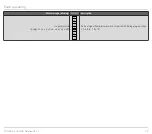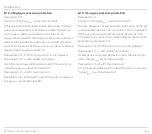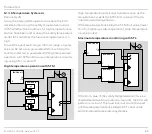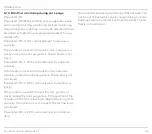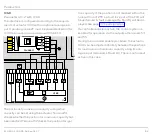
FCU 500, FCU 505 · Edition 02.17
84
Parameters
12 .3 .4 STM limit value (high temperature operation)
Parameter 24
This parameter is used to define the lower limit for high
temperature operation.
The FCU has a fail-safe HT output at terminal 18. This
output is used to signal to the downstream burner con-
trol units or automatic burner control units that the sys-
tem is in High temperature mode (HT).
The FCU does not issue the High temperature mode
enable signal to the burner control units until the lower
limit for high temperature operation (parameter 24)
plus the set hysteresis (parameter 26) is exceeded. This
activates High temperature mode on the burner control
units. The burner control units start the burners, with-
out monitoring the presence of the flame.
If the temperature in the furnace chamber falls below
the value defined in parameter 24, the FCU disconnects
the HT output from the electrical power supply. High
temperature mode is deactivated on the burner control
units. The furnace is operated with flame control – see
also page 123 (High temperature operation).
12 .3 .5 STL/FSTL limit value (system protection)
Parameter 25
This parameter is used to define the upper limit of the
furnace or flue gas temperature at which safe operation
of the furnace is ensured, depending on the thermo-
couple used (parameter 22):
Type K, Type N: 200 to 1200°C,
Type S: 200 to 1600°C.
If the maximum permitted temperature limit is reached
or if an error occurs on the monitoring device within the
permitted temperature range (e.g. sensor discontinuity,
sensor short-circuit or cable discontinuity), the safety
temperature limiter (STL) or flue gas safety tempera-
ture limiter (FSTL) will perform a fault lock-out. The
safety interlock output will no longer be set.




